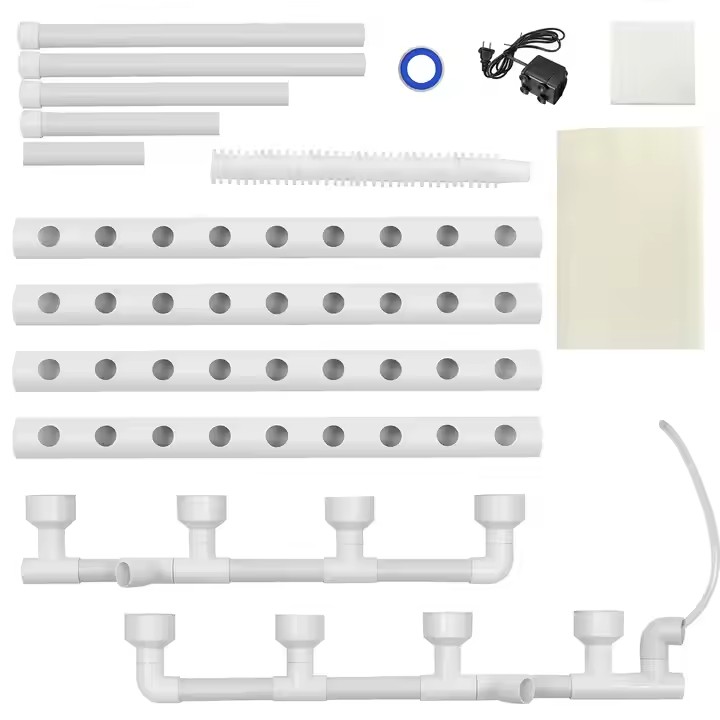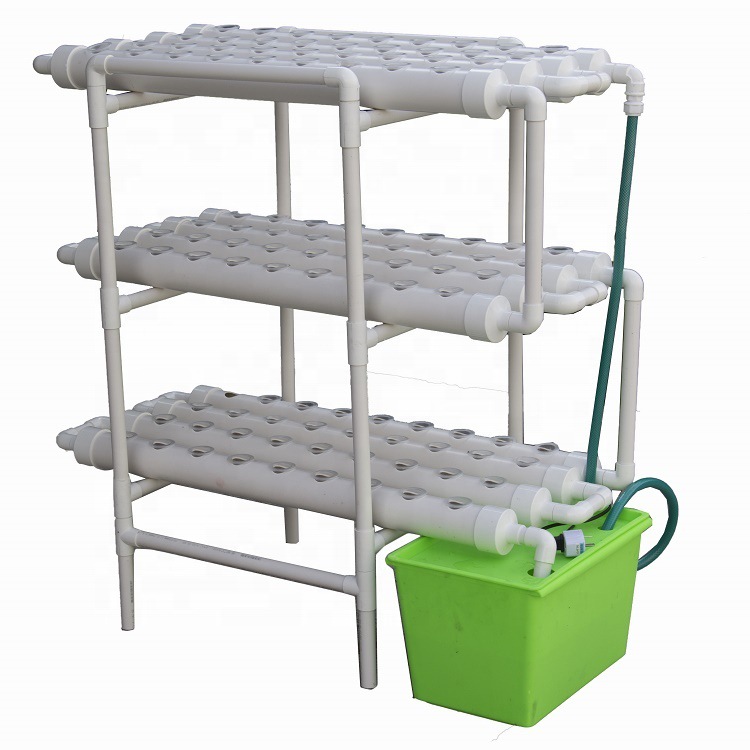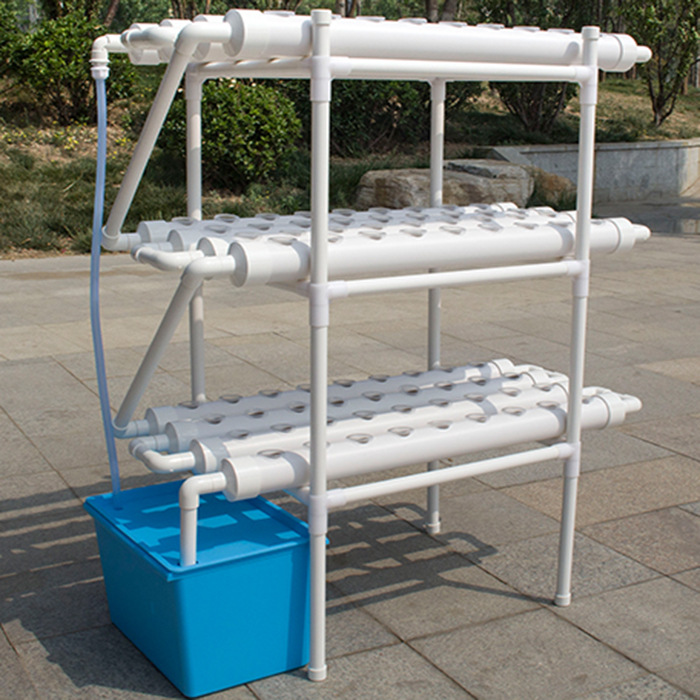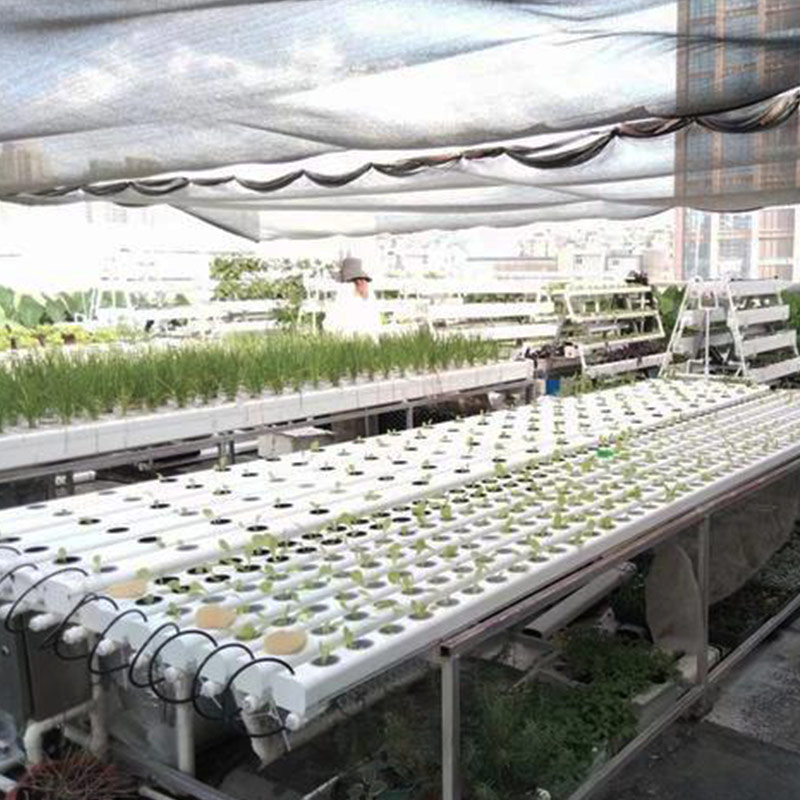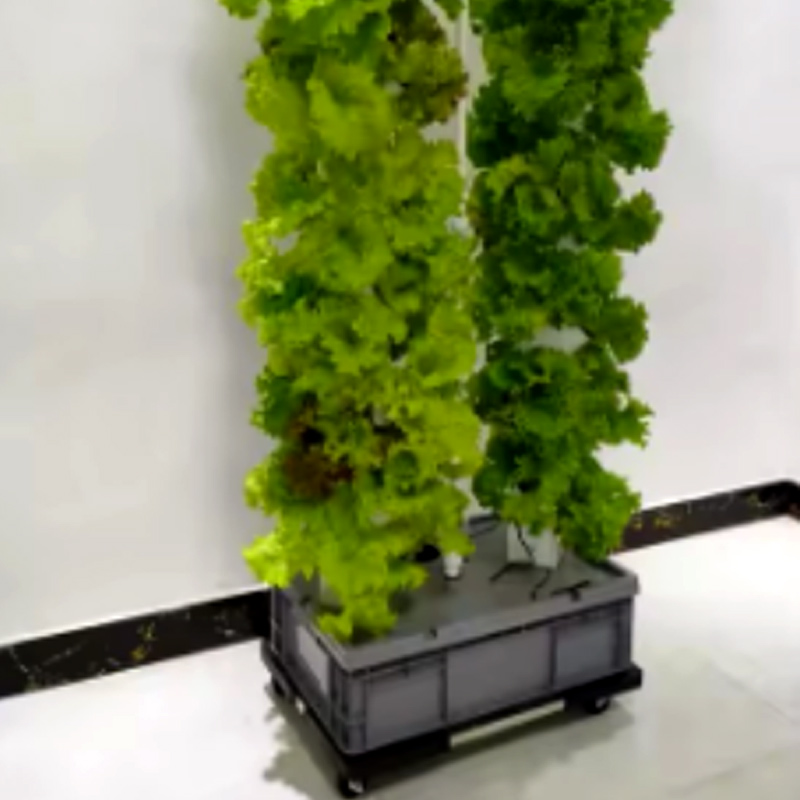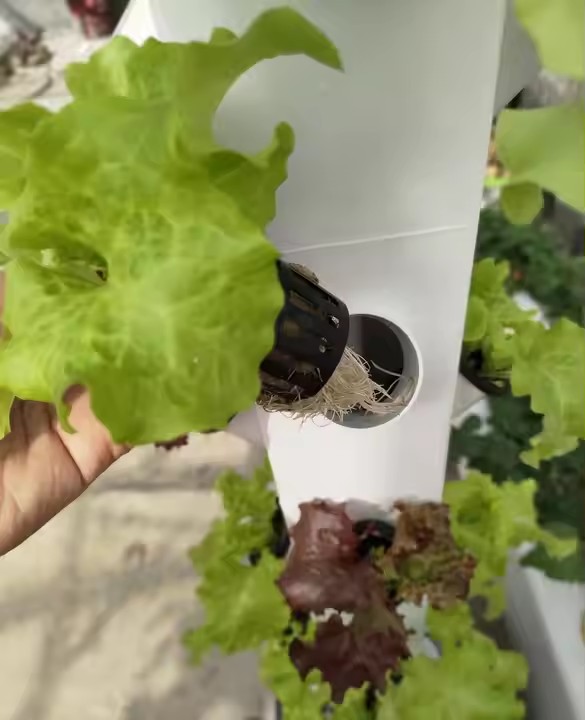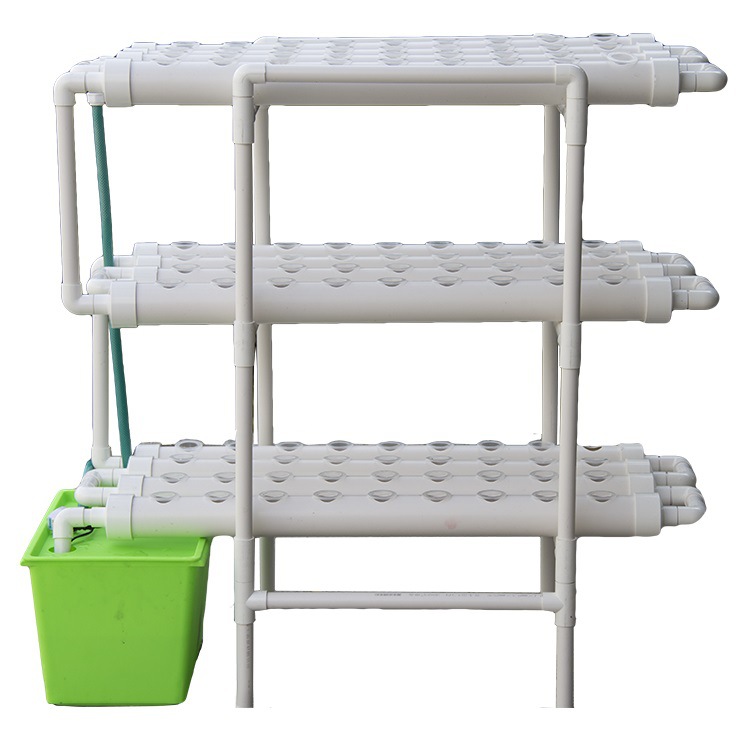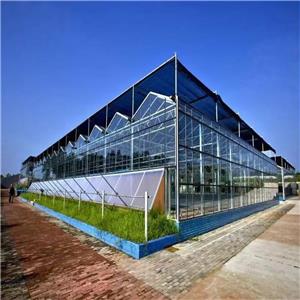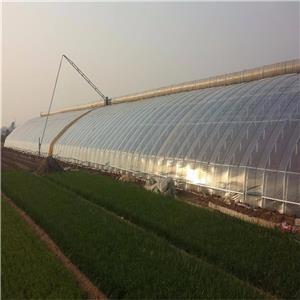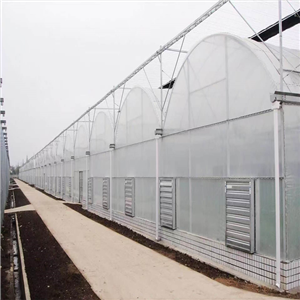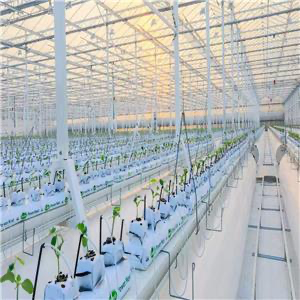
PVC Hydroponic Planting Tank is a cost-effective and customizable system for soilless cultivation, constructed from durable PVC pipes or containers. Designed for both beginners and experienced growers, it provides an efficient way to grow plants using nutrient-rich water in a compact space.
The Complete Guide to PVC Hydroponic Planting Tanks
1. Introduction to PVC hydroponic planting tank
PVC (Polyvinyl Chloride) hydroponic planting tanks have revolutionized small-scale and commercial hydroponics by offering an affordable, durable, and customizable alternative to traditional growing systems. These systems utilize PVC pipes or containers to hold plants while nutrient-rich water circulates through the structure, providing optimal growing conditions without soil.
Originally adapted from industrial piping applications, PVC hydroponic systems now dominate urban farming, classroom projects, and commercial vertical farms due to their modular nature and low production costs. From simple window gardens to complex multi-tiered systems, PVC offers unmatched flexibility in hydroponic design.
2. Advantages ofPVC hydroponic planting tankin Hydroponics
Why Choose PVC Over Other Materials?
✅ Cost-Effective – 50-70% cheaper than metal or commercial hydroponic kits
✅ Lightweight Yet Durable – Resistant to corrosion, rust, and UV degradation
✅ Easy to Customize – Can be cut, glued, and assembled in endless configurations
✅ Food-Safe Options – NSF-certified PVC is available for edible crops
✅ Thermal Insulation – Maintains stable root zone temperatures
✅ Chemical Resistance – Won't react with nutrient solutions
Comparison to Other Materials:
| Material | Cost | Durability | Weight | Customization |
|---|---|---|---|---|
| PVC | $ | 10+ years | Light | Excellent |
| Metal | $$$ | 5-8 years | Heavy | Limited |
| Wood | $$ | 3-5 years | Medium | Good |
| Fabric | $ | 2-3 years | Light | Poor |
3. Types of PVC Hydroponic Tanks
A. NFT (Nutrient Film Technique) Channels
Description: Sloped PVC pipes (3-6" diameter) with plant holes
Best For: Leafy greens, herbs
Flow Rate: 1-2 liters per minute
B. Deep Water Culture (DWC) Tanks
Description: Large PVC tubes/reservoirs with floating rafts
Best For: Lettuce, basil
Aeration: Requires air stones
C. Vertical Tower Systems
Description: Stacked PVC pipes with staggered plant sites
Best For: Strawberries, microgreens
Space Savings: Grows 30+ plants in 4 sq ft
D. Hybrid Ebb & Flow Systems
Description: PVC grow beds with timed flooding
Best For: Seedlings, medicinal plants
4. System Components and Materials of PVC hydroponic planting tank
Essential Parts List
PVC Pipes (2"-6" diameter, Schedule 40 recommended)
End Caps/Bulkheads (for water containment)
Submersible Pump (300-1000 GPH depending on size)
Reservoir Tank (20-100 gallon food-grade container)
Net Pots (2"-3" for most applications)
Growing Media (clay pebbles, rockwool)
PVC Cement & Primer (for waterproof joints)
Pro Tip: Use gray electrical PVC for light-blocking properties to prevent algae growth.
5. Design Considerations
Critical Design Factors
Slope Angle (1-3° for NFT systems)
Plant Spacing (6-8" for lettuce, 12"+ for tomatoes)
Water Flow Rate (adjustable via pump settings)
Structural Support (wall mounts or freestanding frames)
Accessibility (for planting/harvesting)
Sample Small System Specifications:
Dimensions: 4' long x 2' wide x 5' tall
Plant Capacity: 24-36 plants
Reservoir Size: 20 gallons
Daily Water Use: 2-5 gallons
6. Step-by-Step Construction Guide
Building a Basic NFT System
Materials Needed:
4" PVC pipe (6' length)
End caps (2)
1/2HP water pump
10-gallon reservoir
Assembly Steps:
Cut pipe to desired length (mark plant hole locations)
Drill 2" holes every 8" (hole saw recommended)
Install end caps with waterproof sealant
Set slope angle (use level)
Connect pump to irrigation line
Test water flow (adjust as needed)
Construction Time: 2-3 hours for basic systems
7. Best Growing Media
Media Comparison Table
| Media Type | Cost | Reusability | pH Stability | Best For |
|---|---|---|---|---|
| Clay Pebbles | $$ | 5+ cycles | Excellent | All plants |
| Rockwool Cubes | $ | 1-2 uses | Good | Seedlings |
| Coconut Coir | $$ | 3-4 uses | Fair | Root crops |
| Perlite | $ | Limited | Good | Hybrid systems |
8. Nutrient Management
pH Range: 5.5-6.5 (most crops)
EC Levels: 1.2-2.4 mS/cm
Nutrient Change Frequency: Every 7-14 days
Additives: Hydrogen peroxide (1ml/gal weekly) prevents pathogens
9. Top Performing Crops
Best Suited:
Leafy greens (kale, arugula)
Herbs (mint, cilantro)
Small fruits (strawberries)
Flowers (petunias, marigolds)
Poor Candidates:
Large root vegetables
Trees/shrubs
Heavy fruiting plants (unless supported)
10. Conclusion
PVC hydroponic planting tanks represent the perfect marriage of affordability and functionality in modern hydroponics. Whether you're a home gardener, urban farmer, or commercial grower, these systems offer unparalleled flexibility, efficiency, and scalability. With proper design and maintenance, PVC systems can rival expensive commercial setups at a fraction of the cost while delivering higher yields per square foot than traditional gardening methods.

